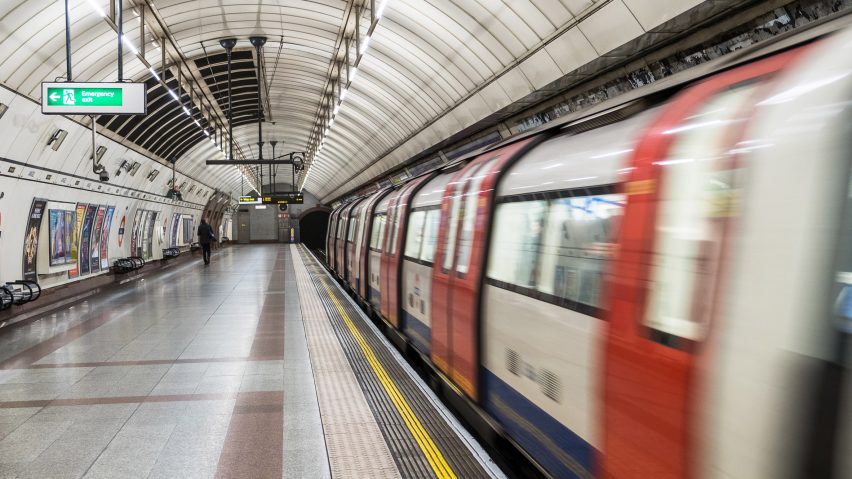
London Underground's waste heat to warm hundreds of homes
Waste heat from one of the London Underground's tube lines will be used to warm over a thousand homes in the UK capital from this winter.
The warm air will be channelled from the Northern Line to support the London Borough of Islington's district heating, which will provide offices, leisure centres and 1,350 homes with heat by the end of the year.
Named Bunhill 2, the heat network is a joint project between Islington Council, Transport for London and engineering firm Ramboll, dubbed as the first of its kind in Europe.
The council hope the system will make London more self-sufficient in energy, cut carbon emissions and reduce heating bills for residents. Meanwhile, tube passengers can also expect cooler tunnels.
Waste heat to be piped from abandoned tube station
District heating, also known as heat networks, is the supply of heat and hot water from a central source to a group of buildings.
The central source of the Bunhill 2 heat network is an ventilator shaft – a vertical passage that is used to expel waste heat – in the abandoned City Road tube station, which is located on the Northern Line between Angel and Old Street.
A heat pump designed by Ramboll will capture this excess heat from the ventilation shaft, before it is warmed to approximately 70 degrees celsius. This will then be transferred into Islington's heat network to supply heat and hot water to properties.
During the summer months, the system is designed to be reversed so that can pipe cool air into the tube tunnels.
System is "more carbon efficient than usual district energy schemes"
The hunt for alternative sources of renewable heat in cities is gaining pace in light of the climate crisis, and the UK government's resultant ban on gas-fired boilers from new-build homes from 2025.
According to The Greater London Authority, there is enough heat wasted in London to meet 38 per cent of the city's heating demand. The expansion of district heating networks like Bunhill 2 could see this increase to 63 per cent by 2050.
"We believe that the use of large-scale heat in this way connected to urban district heating systems will play a major part in decarbonising the UK's heating energy demand," explained Lucy Padfield, director of District Heating at Ramboll.
"The use of heat pumps utilising industrial waste heat sources is more carbon efficient than gas-fired combined heat and power, the usual source of heat for district energy schemes," she continued.
"I am convinced that with the increasing use of renewable power sources, large-scale heat pumps connected to district heating systems will play a major role in the future heating of cities in the UK."
Project expands on Islington council's existing heat network
Bunhill 2 district heating system is currently expected late 2019. It is the second phase of Islington Council's Bunhill Heat and Power scheme – a heat network in Islington that was established in 2013 to warm approximately 700 homes.
The network currently channels heat created in the Bunhill Energy Centre power station into local council housing, schools and a leisure centre. Bunhill 2 will extend this network to more community buildings and a further 450 homes.
Photo is by Pau Casals.